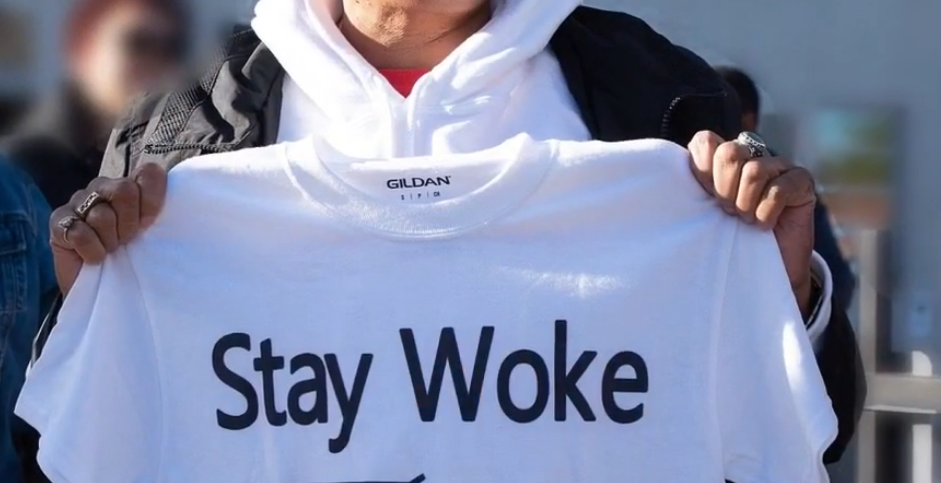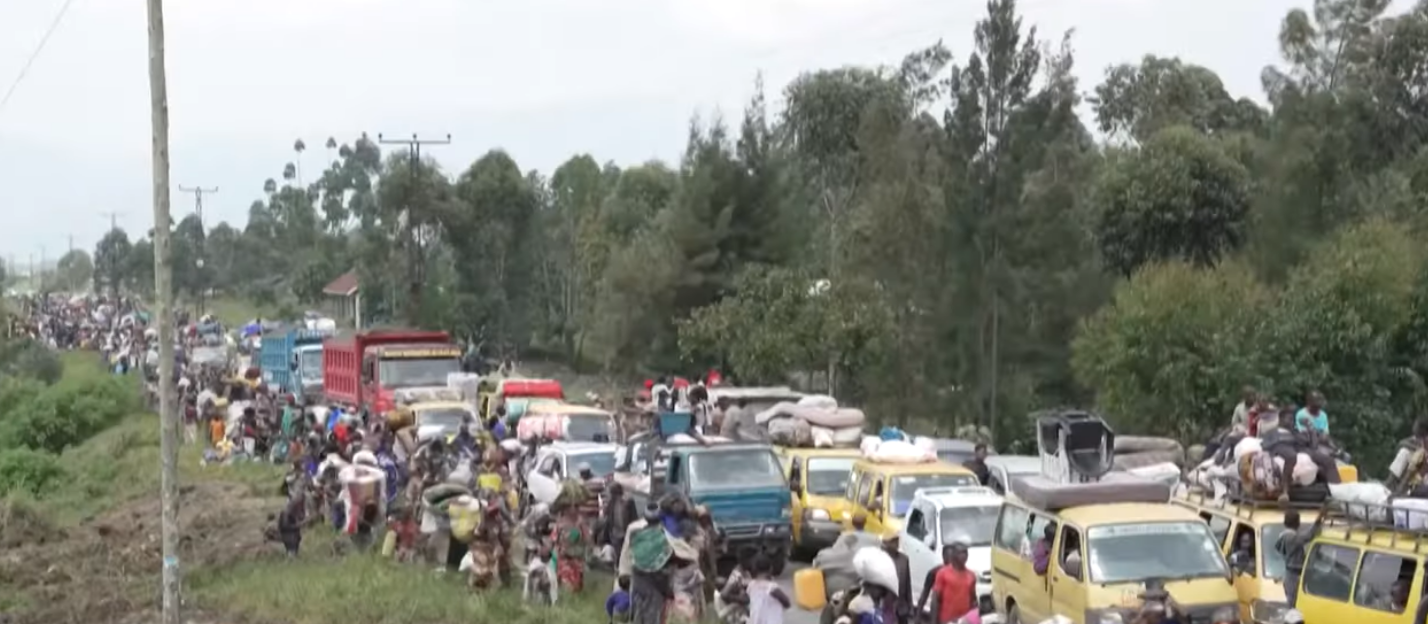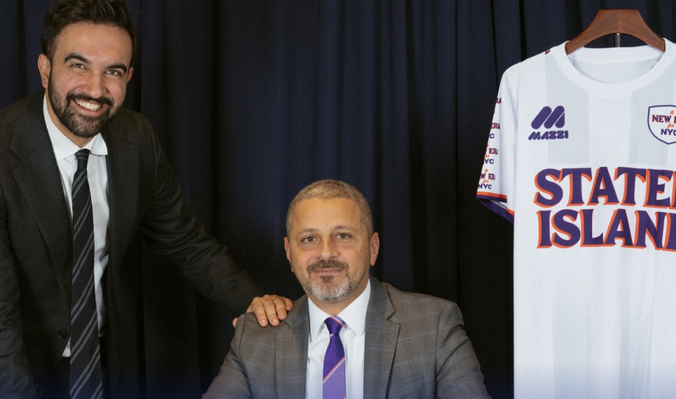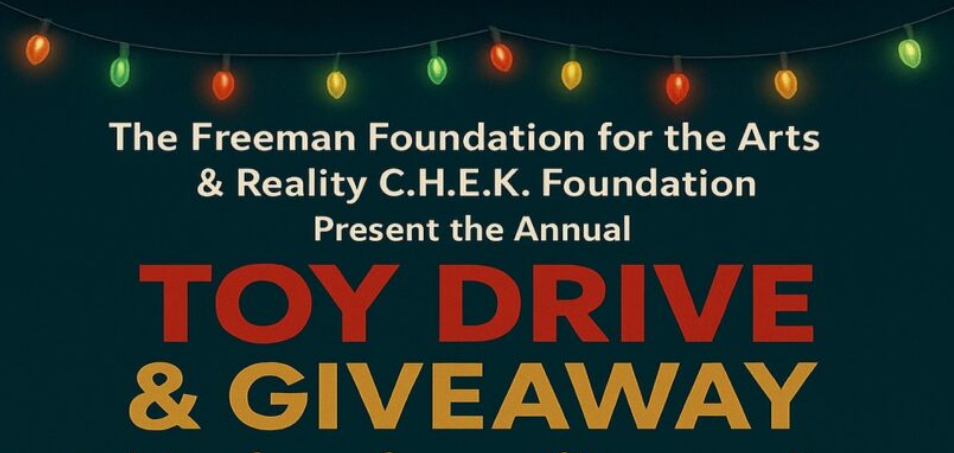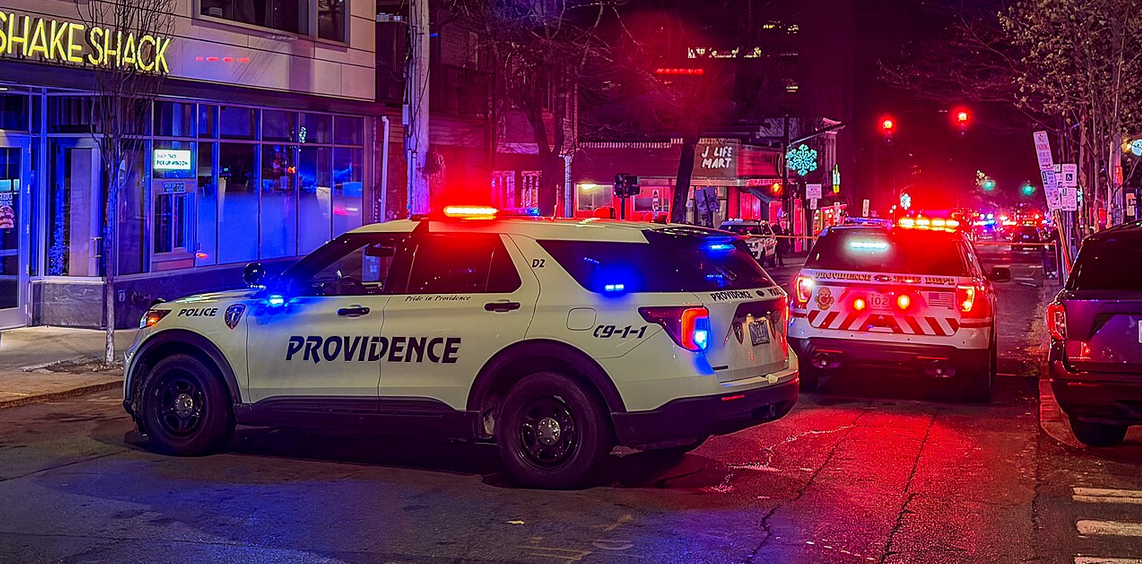[“Speaking Truth To Empower”]
Eric Garner’s killer Officer Daniel Pantaleo
Photo: Facebook screenshot
Will Killer-Cop Pantaleo be held accountable in his upcoming NYPD administrative trial?
Thursday, New York City Judge Joan Madden ruled the administrative trial against Daniel Pantaleo, the choke-hold killer of Eric Garner, can start next week. The trial will be prosecuted by the Civilian Complaint Review Board (CCRB).
The NYPD’s continued employment of Pantaleo almost five years after he strangled Garner to dead—as Garner repeated his dying words “I can’t breathe”—tells us much about the NYPD, and America’s racial policing policy.
On Thursday, Manhattan Supreme Court Justice Joan Madden said it was time to move forward with Officer Pantaleo’s administrative trial. Judge Madden decided this was warranted by the “significant interests in the trial.” The trail could start this Monday and is currently slated on the NYPD’s disciplinary trial calendar.
“The family of Mr. Garner, who lost a loved one,” Madden said. “And petitioner whose career and reputation are at stake, have significant interests in the trial of the issues surrounding the Garner incident going forward at this time.” Madden also noted that “the Garner incident raises serious concerns about interactions between individuals in the community and members of the NYPD.”
Judge Madden also ruled that the CCRB had the authority to prosecute Pantaleo in this administrative trial. The defense team of Pantaleo had been arguing the CCRB had no such authority. But Madden decided Pantaleo had “not adequately shown that the CCRB lacks jurisdiction over this proceeding.”
The have also been other concerns about the CCRB, as it relates to Pantaleo.
Recent reports have stated a former CCRB member, leaked information—to the Think Progress website—about the fact that Officer Pantaleo had other serious civilian complaints in his file. That unidentified CCRB member was forced to resign a few weeks ago. Think Progress published information that Pantaleo had 14 individual allegations made against him, along with seven disciplinary charges.
Reportedly, four of these charges against Pantaleo were substantiated, by the CCRB.
One of these four charges was apparently an abusive vehicular stop, in 2011. Followed by another abusive stop-and-frisk incident, in 2012. Other incidents on Pantaleo’s file include: an allegation he refused to get medical treatment for someone in 2009; an allegation that he hit someone in the head with an object in 2011; an allegation that he was involved in two separate cases of violent stops in 2012; and that he used physical brutality in yet another case in 2013.
The leaked evidence suggests Officer Pantaleo has more complaints on his file than 95 percent of the other NYPD officers. All these incidents happened before Pantaleo killed Eric Garner on July 14, 2014. What does this tell us about how the NYPD views Black New Yorkers? When Officer Pantaleo strangled Garner to death, he was doing so while trying to obtain the NYPD’s mandated quota expectations. NYPD officers, Pedro Serrano, Adhyl Polanco and Adrian Schoolcraft have exposed the fact that NYPD quotas primarily focus on Black people.
Why is Pantaleo still employed at the NYPD years after he murdered Garner? Because the violence Pantaleo perpetrated is standard police practice—when police are dealing with African-Americans. That’s the awful bitter truth.
Last month, Somali-American, Mohamed Noor, a former Minnesota cop, was convicted for killing Justine Damond, a White Australian-American woman, outside her home, in July 2017. The contrast between how Noor, a Black policeman, was treated for killing a White woman is very instructive in illustrating institutional racism at work.
Noor killed Damond, with a single shot, because he said he was in fear for the life of his partner, Officer Matthew Harrity. In the police report, Harrity admitted to being “startled” by Damond, when she appeared before “the driver’s side window of the squad car,” when they were parked down a dark alley. Officer Noor’s reckless gunplay was handled far differently from the reckless racism, and intended violence, American policing inflicts with deadly regularity upon Black people.
Then Minneapolis Chief of Police Janeé Harteau said “Justine didn’t have to die. I would prefer Officer Noor would speak.” Police chiefs usually, despite the evidence, circle the wagons when one of their officers unjustly kills an African-American. They’re usually tell us the killing was justified because the officer feared for their life. Noor, now on his way to prison, for killing this White woman, is finding out the hard way about the racist double standard in policing, and the justice system.
Because Damond was a White woman, the rules were different for Officer Noor. He was held accountable for taking her life. This is an example which shows us Black lives don’t matter to police departments—or, to prosecutors, and politicians. Killer-cops, who kill Black people, do it because they know they can get away with it. In fact, there are officers—like Michael Slager, who killed Walter Scott in South Carolina—who wait for opportunities where they can gun-down Black people as target practice.
Here’s a question for honest fair-minded Americans to consider: what does fulfilling quotas really have to do with effective policing?
Logically speaking, if police are being effective in controlling crime, then crime rates will fall. And if crime figures are falling doesn’t that reduce the necessity for writing tickets, and summonses? If crime figures are low how are officers expected to produce high quota numbers? How do we explain this incongruence?
Racism, and economic exploitation, explains it.
Racial policing, and economic exploitation, go hand in hand. Quotas for summonses, tickets etc. are ways of economically weakening financially struggling Black communities. This is why dubious “crimes,” like personal drug use, usually ends up with Black incarceration—while White drug users get treated with compassion.
Today, we heard a lot of talk about the “opioid crisis” which is adversely affecting White people. Some social analysts say these Whites are abusing drugs because of depression regarding their future economic prospects, in a changing American economy. Politicians now give us sympathetic speeches about helping these White drug abusers. Yet, these same phony politicians, and government officials, were busy filling America’s prisons with generations of Black people, for their drug use.
Where was the compassion for Black drug abusers—many of whom were also abusing drugs as a means of escaping their depression and the struggling economic situation in their lives?
The world witnessed the fiasco in Ferguson, Missouri, related to Michael Brown’s killing, and the sham grand jury process that followed. We were then told, by the Justice Department, that the City of Ferguson used racist quotas, tickets and summonses to balance their budgets. Besides balancing budgets on the backs of Blacks, these racist policing measures keep certain Whites employed based on the continued criminalization of Black America.
That is an unfortunate truth.
This brings us back to why Pantaleo’s deadly encounter transpired in the first place. Garner was suspected by Pantaleo, and the other officers present, of selling “loosie” cigarettes. In essence, Garner’s deadly encounter with Pantaleo occurred because of the racist quota driven policing policies of the NYPD. Consequently, isn’t the NYPD just as guilty of Garner’s death?
We should not expect much from next week’s administrative trial, in spite of the involvement of the CCRB. This administrative trial will still be conducted within the NYPD. American policing fights strongly against disciplining officers who kill Black people. If this isn’t the case, why wasn’t Pantaleo fired long ago?
Ultimately, many of those who will decide Pantaleo’s fate are the same ones who knew of these complaints that were documented against him—before he killed Garner. Because the NYPD didn’t hold him accountable then, Pantaleo graduated from brutalizing Black New Yorkers to killing Eric Garner.

